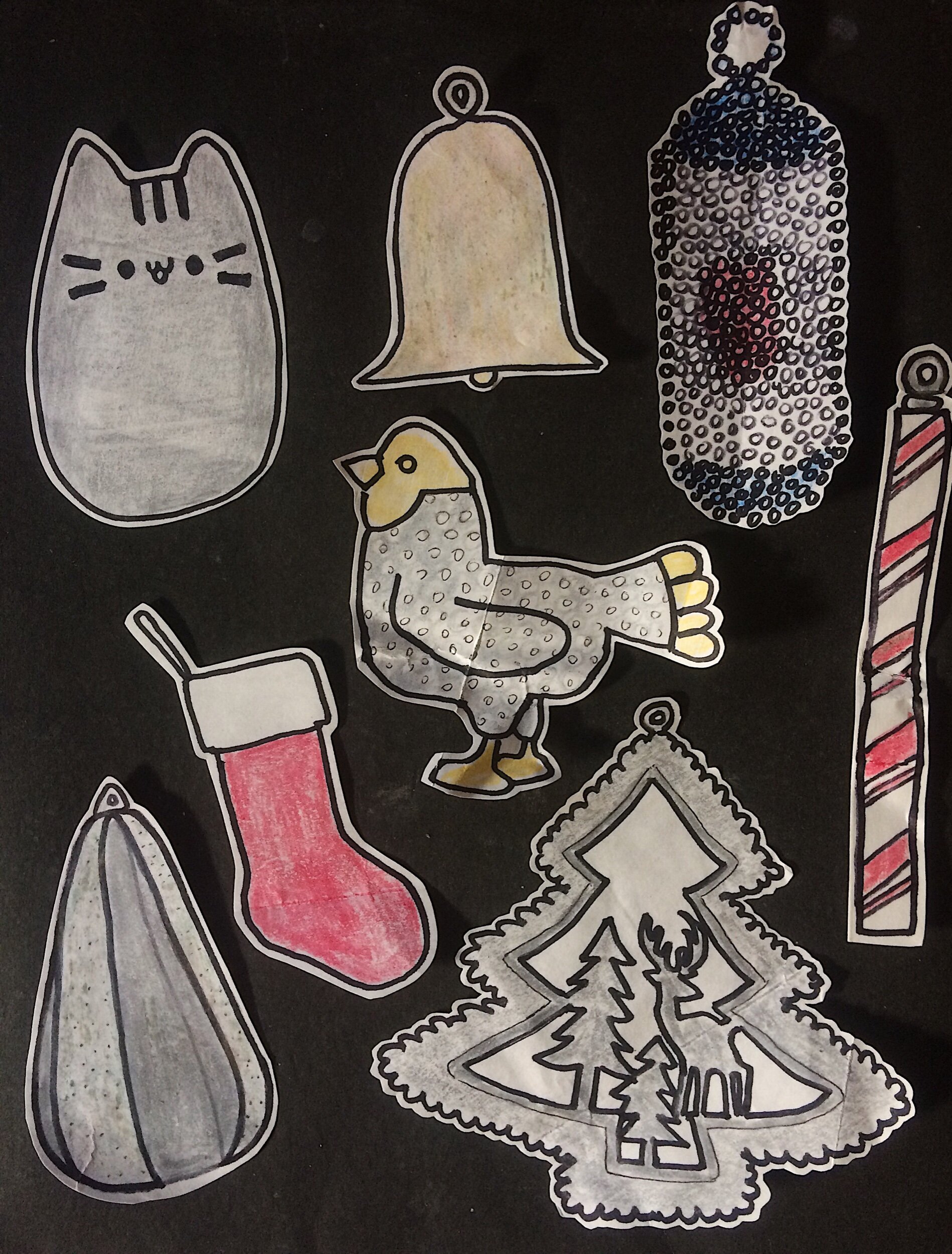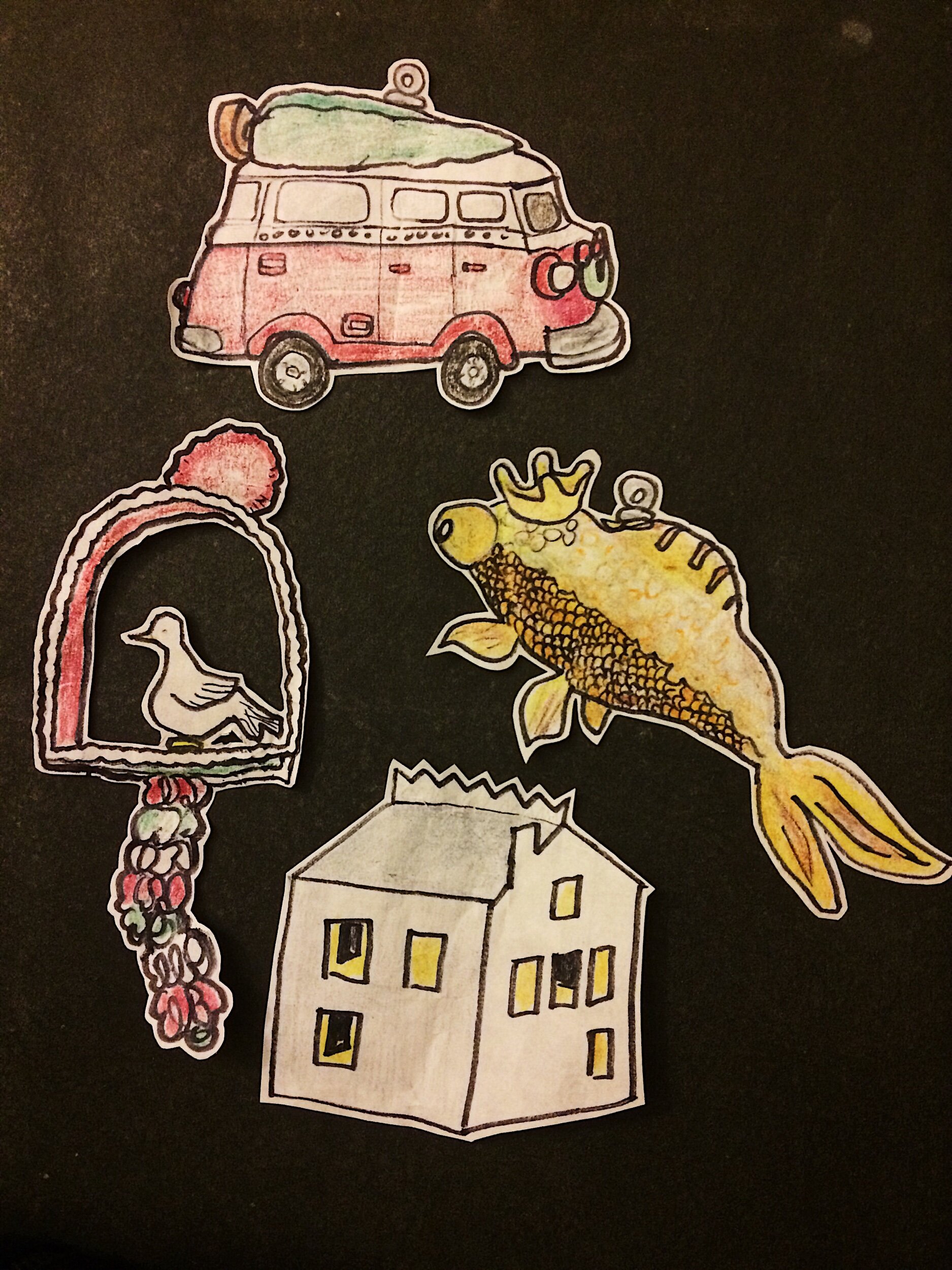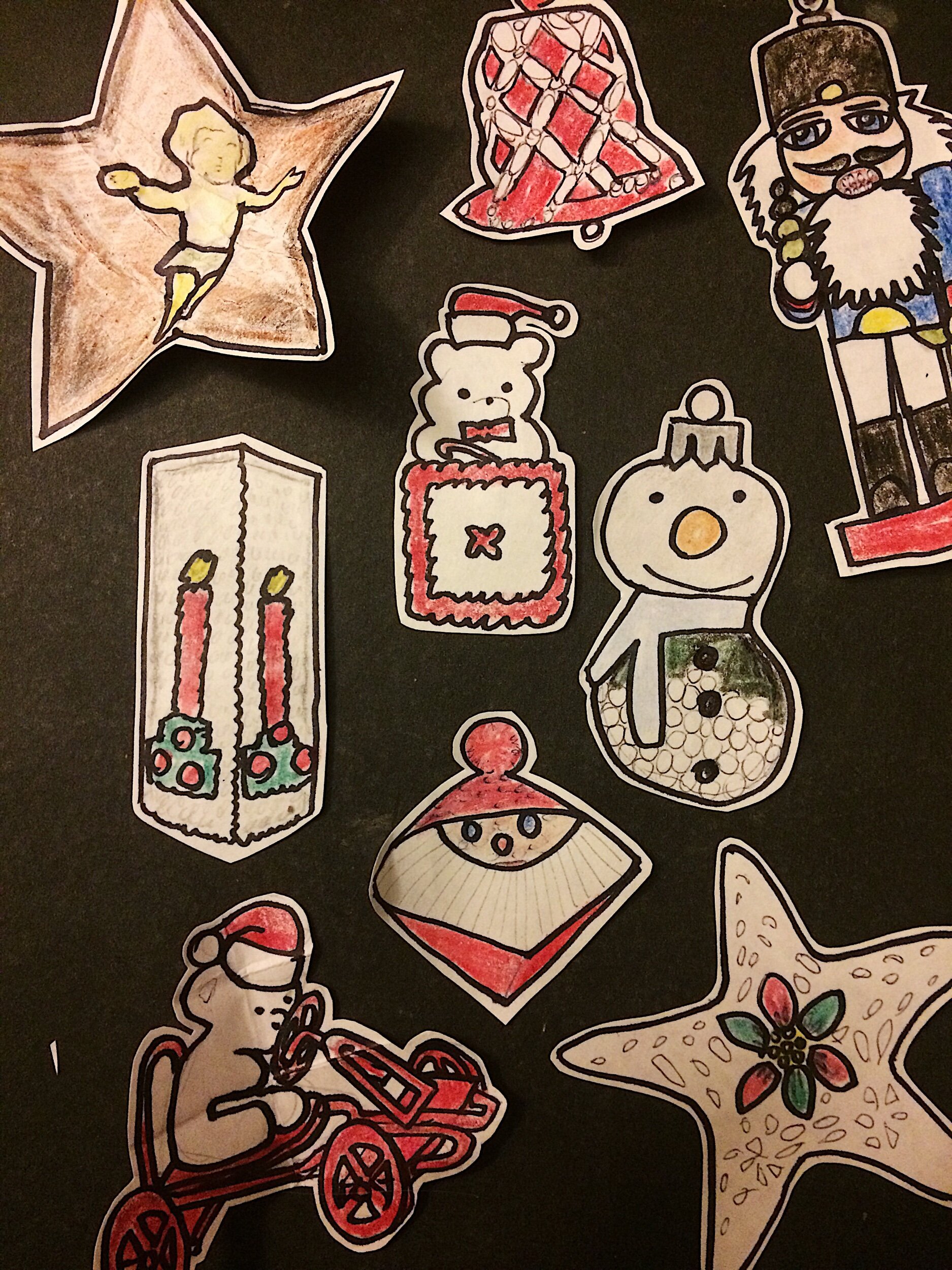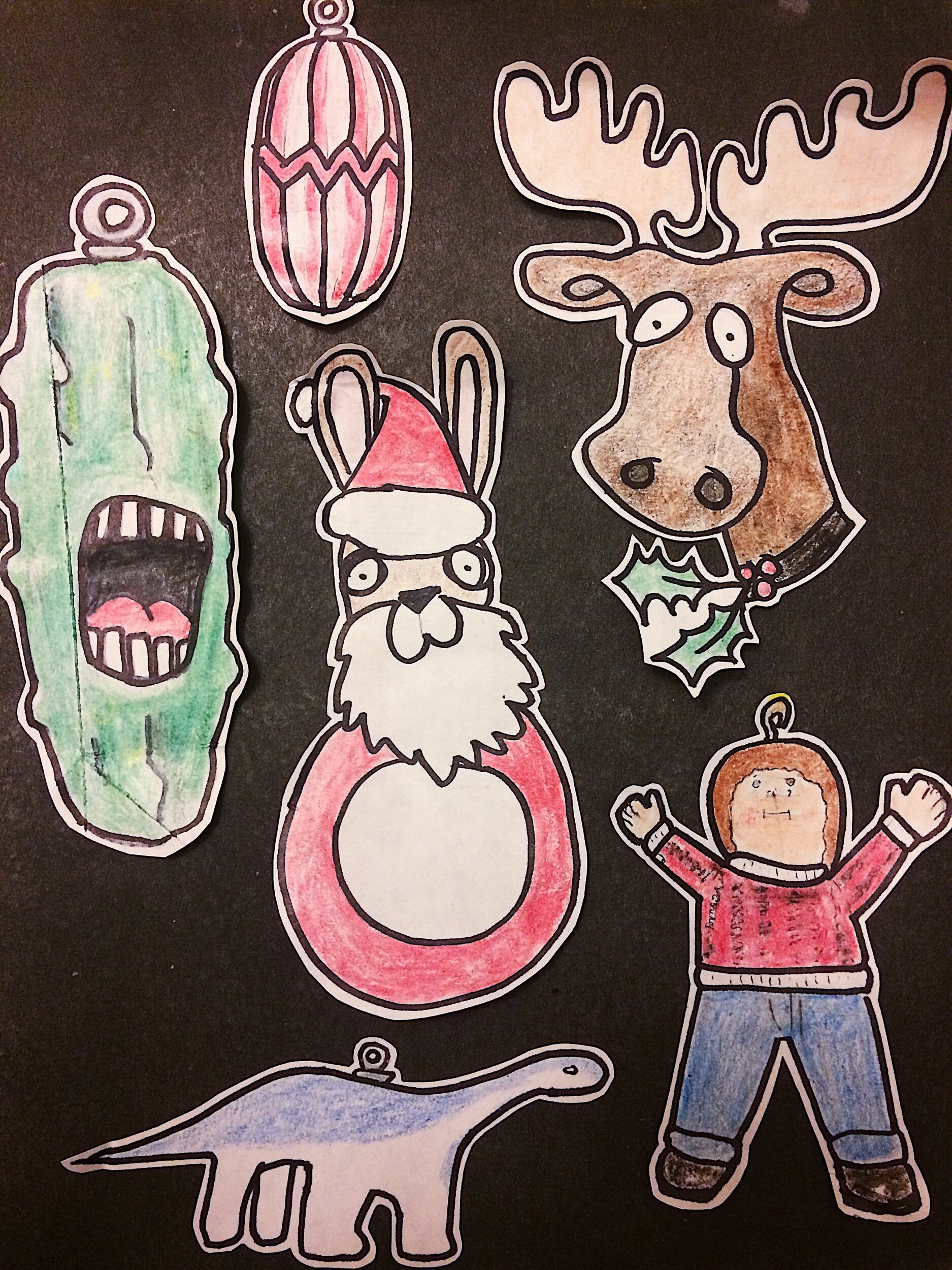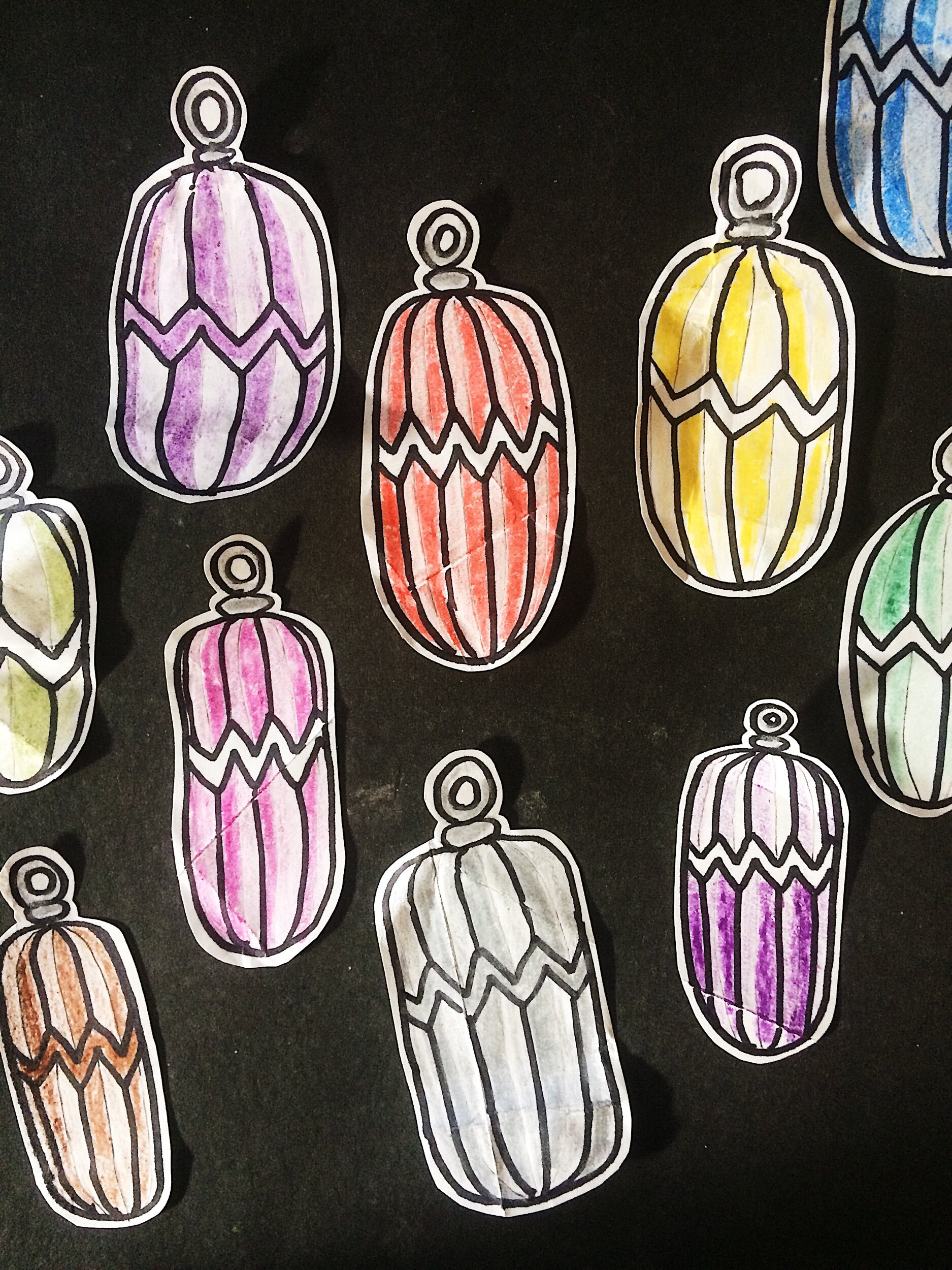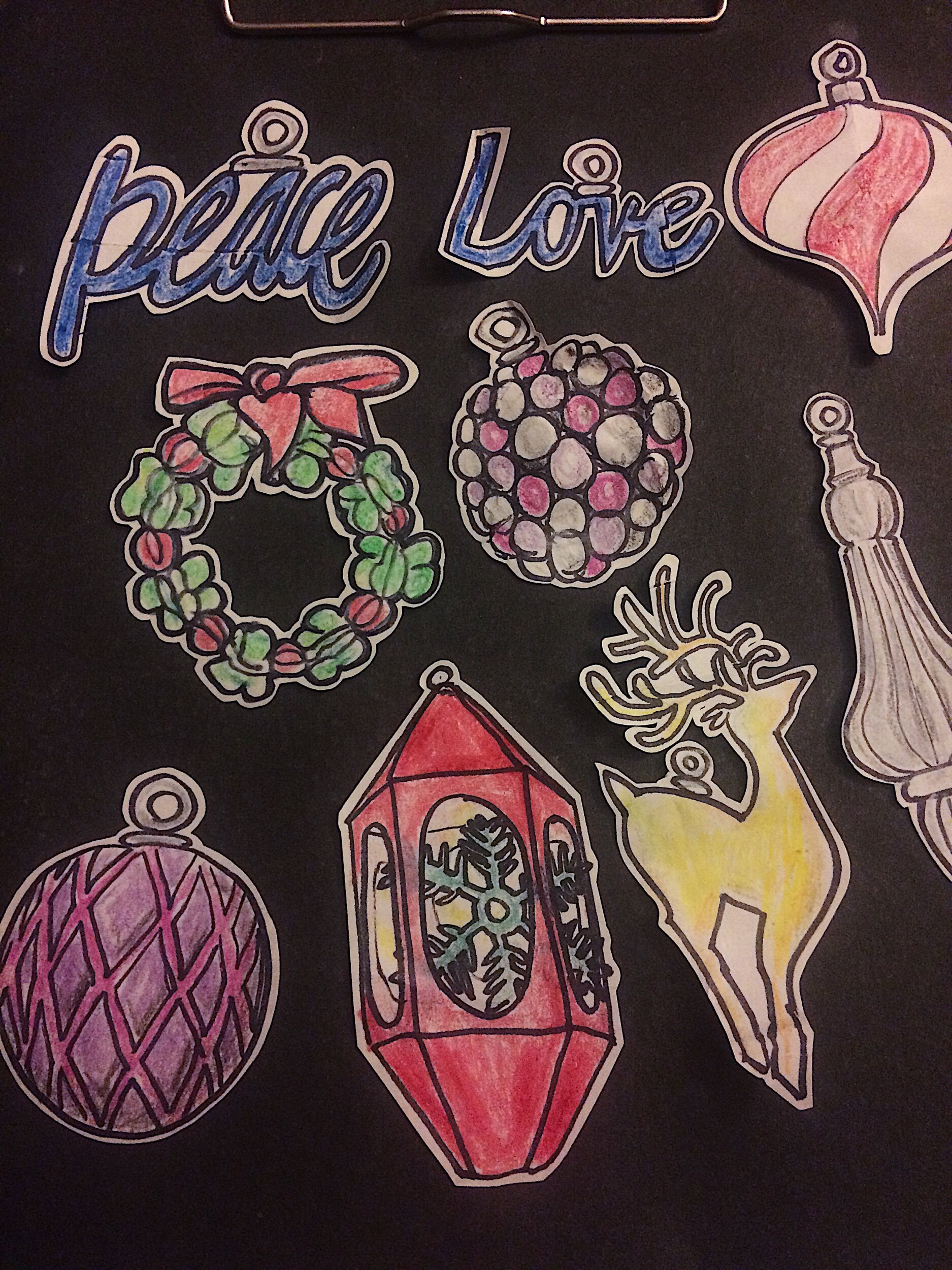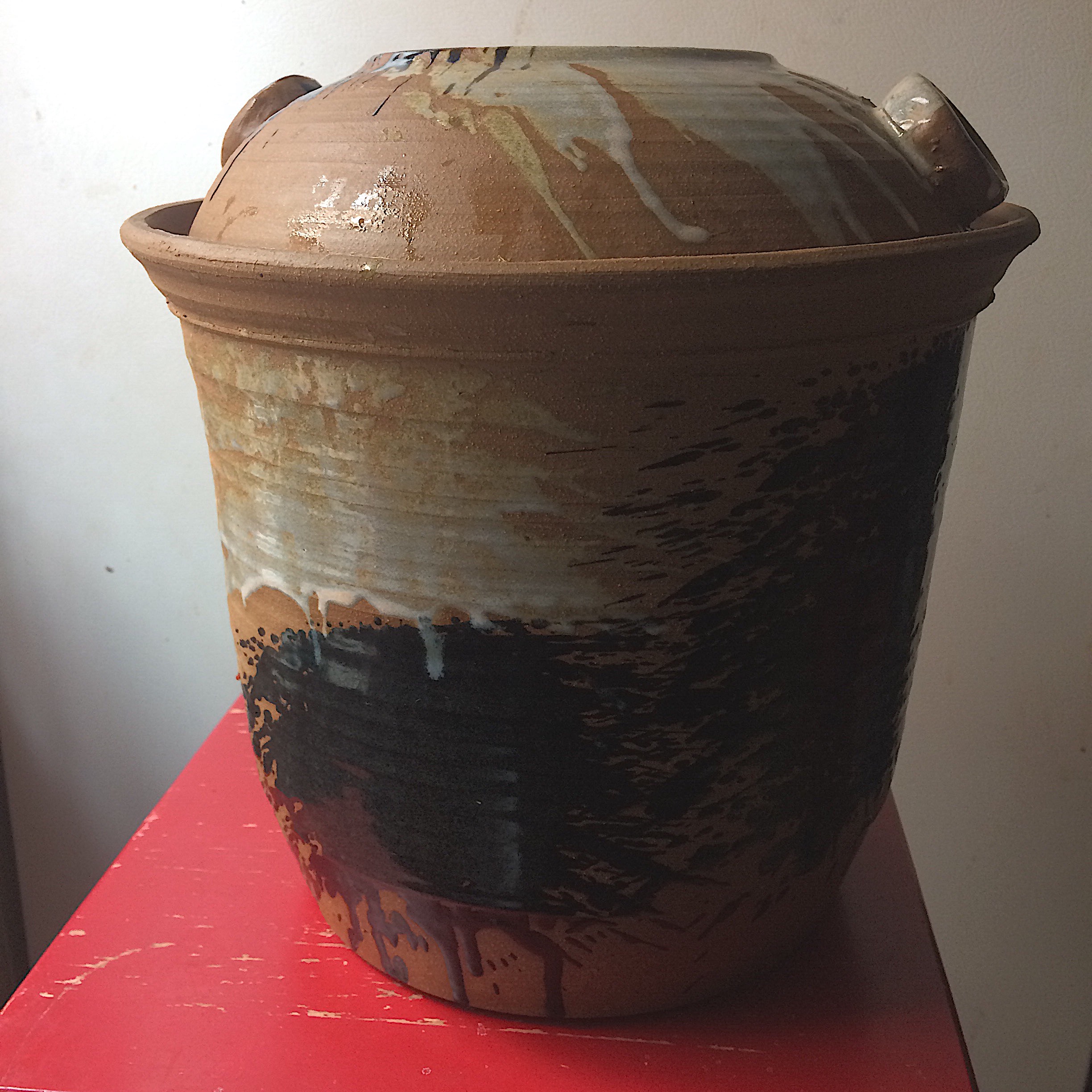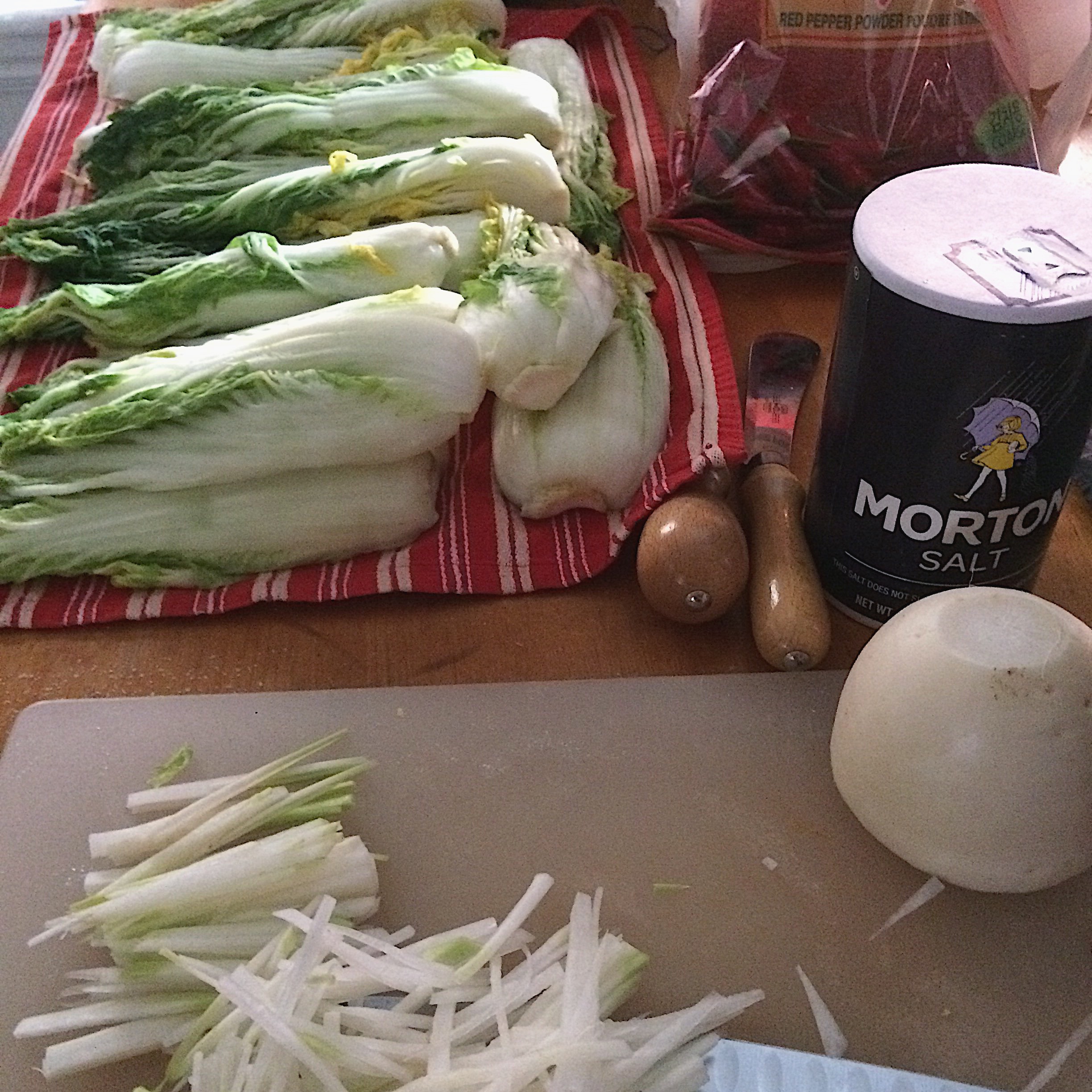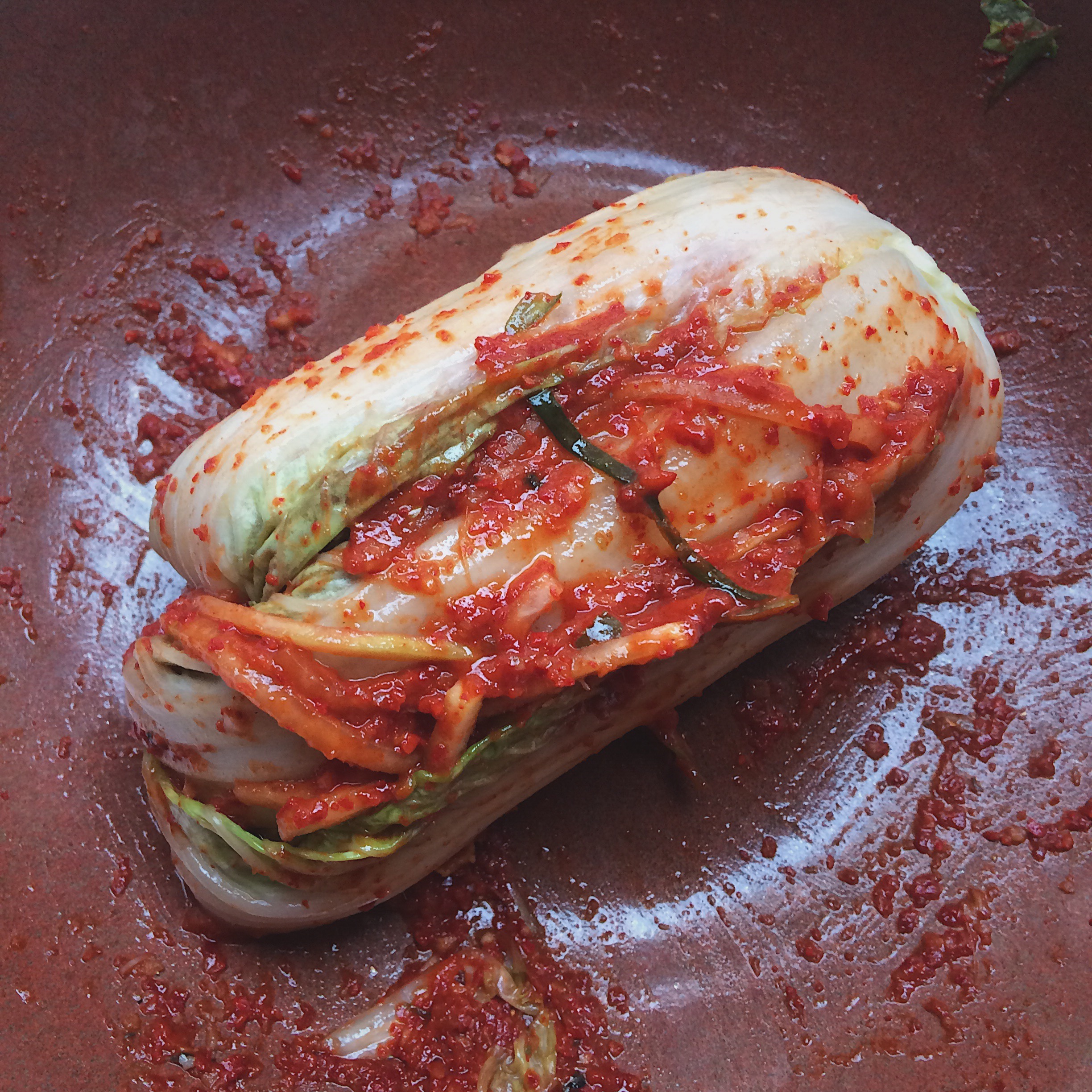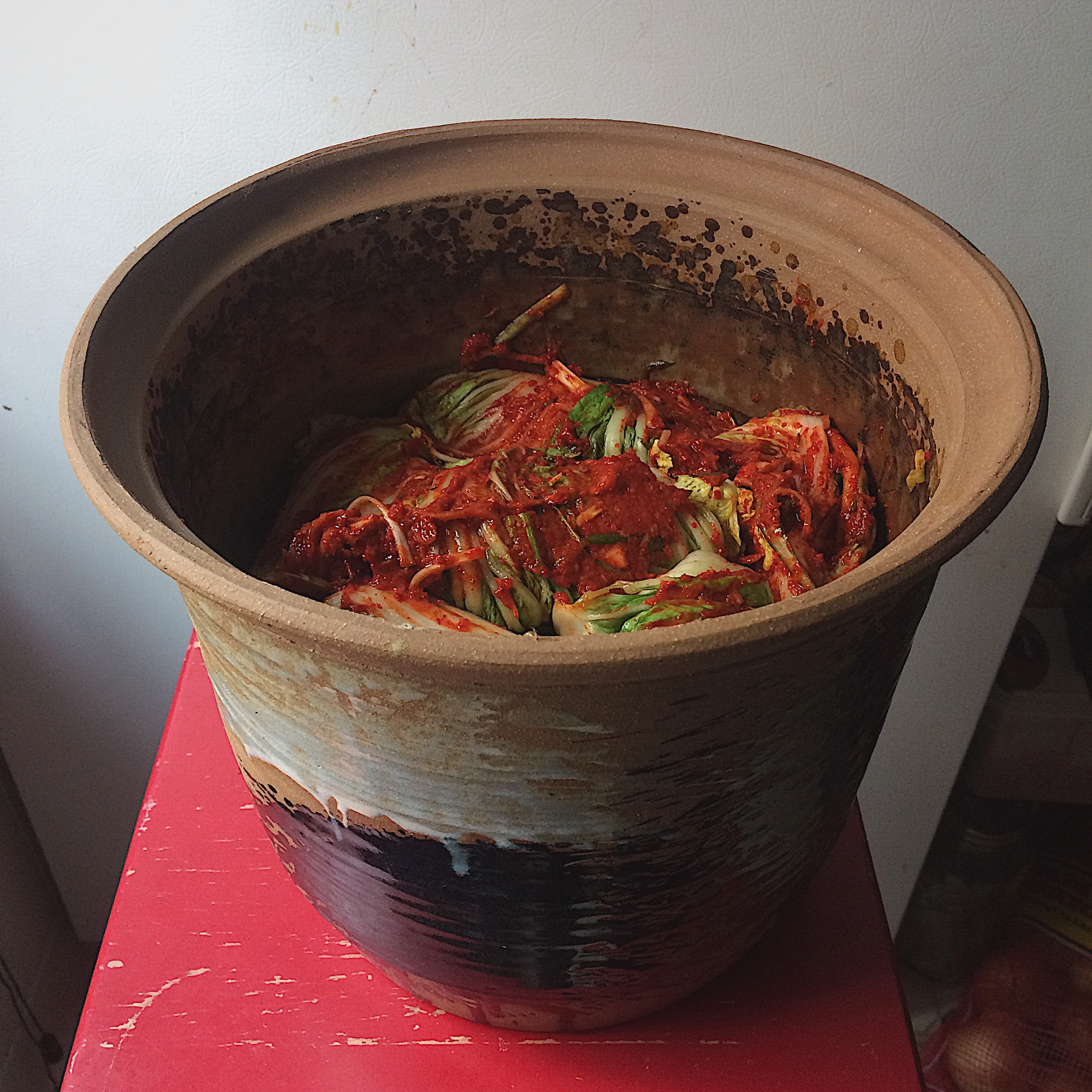My favorite part of an airplane ride...almost the only part I really enjoy that is specific to the plane itself and not a distraction from the rigors of travel...is the short time after the plane dips below the cloud layer upon descent but is still fairly high up. The patchwork of neighborhoods and aerial views of fields are fascinating to me as a two-dimensional abstraction of the ground. There's an ideal height before the resolution becomes so high that I really get drawn into the details of what we are gliding past...the distance allows the larger pattern to be the primary feature.
However those details can be very surprising when you do see them. I was once landing at the Dayton International Airport, flying home for Christmas and absorbing the texture of snowy yards and barren fields when I was struck by a flourish at the edge of a particular plowed field. Acres of straight rows were stacked next to one another, each pair connected by a semicircular cap dug as a plow snaked up and down the field. But at the corner there was a loop. Flying past the field I didn't quite comprehend what I was seeing but I immediately saw potential for patterned clay surfaces. I'm constantly seeing “potential for patterned clay surfaces” so usually I have to wait and to find out if a particular idea will stick around long enough to get fired into the side of a mug.
Some days later found me searching the internet for an explanation. I'm not always great at choosing search terms and was really fixated on the idea of “plow turns” which are a thing but not the thing I was looking for. I also think the internet is better for some tasks than others. If you want to find out about the cutting edge or high tech sectors of the world, articles and forums and social media are flooded with information. Interesting ways to plow a field are probably a little less novel and perhaps more often learned by word-of-mouth standing in a field or reinvented as yet another driver finds themselves plowed into a corner. However, even if its sort of not an internet thing and I am doggedly looking for the wrong version of it, I can usually find the info I need if I try long enough. “Ways to plow a field” was not the exception.
In this case the technical details of plowing fields are irrelevant. If the goal is texturing the side of a mug or vase I can move pretty quickly away from the practical considerations of a farmer prepping land for planting In the end the patterns created in the headlands of a plowed field have constraints that I don't need. There are no concerns about fully filling the plot with straight uniform rows or moving the cast off dirt in a particular direction. I can have more turns, fewer rows, even no real rows, and any number of flourishes that make no sense in the practical. In my head though these patterns are now all categorized as plow turns. Inspiration can be a winding road. A barely glimpsed corner of a farm in Ohio has created a series of motifs that I'm still working through a couple of years later.
I had played around with these ideas a bit and was just beginning to produce a small body of work last march when the pandemic shut down my community studio at MIT. This studio is still closed almost a year later and I’m sure there are pots in various unfinished stages to be dealt with whenever it reopens. These ideas have morphed again and come out in other work but I recently started playing around with that unfinished line of thought at Indigo Fire where I teach. Its almost like a mental checkbox that needs to be filled. I need to complete at least a few more pieces before I can really move on.


